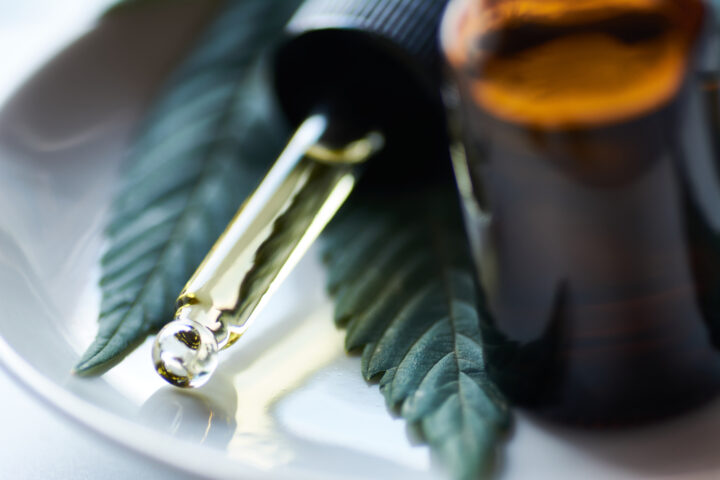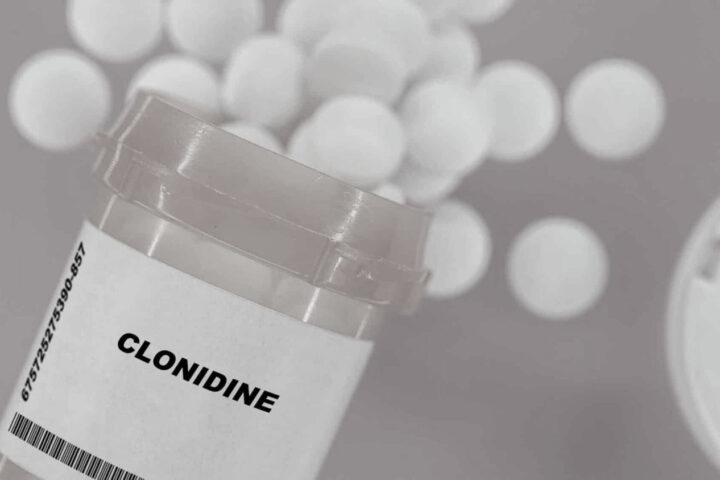[full-featured-image]
There’s a strange kind of addiction that doesn’t smell like alcohol, doesn’t snort like cocaine, and doesn’t leave a paper trail of bets or empty bottles. It’s the addiction to helping, the quiet, socially acceptable drug of choice for people who can’t sit with their own pain. It hides behind compassion, moral superiority, and the need to feel needed. It’s what happens when “saving” becomes self-sabotage.
This is the addicted caregiver, the parent who rescues until they collapse, the partner who confuses control with love, the nurse or therapist who burns out but can’t stop giving. It’s the addiction nobody talks about because, on the surface, it looks noble. But underneath, it’s chaos wearing a halo.
The High of Helping
Every addiction starts with a feeling, or rather, the avoidance of one. The caregiver’s drug is significance. The rush comes from being useful, indispensable, and in control. When you’re helping someone else, you don’t have to deal with your own fear, loneliness, or inadequacy. It feels good to fix things. To be the strong one. To be the one who “can handle it.” Helping others gives structure to emotional chaos, it’s a way to regulate pain through purpose. The addict drinks to numb, the caregiver helps to escape. Both are running from the same thing, themselves.
But here’s the kicker, the world rewards it. Society applauds sacrifice. Churches preach service. Workplaces celebrate the overachiever who never says no. In recovery terms, it’s called external validation. In reality, it’s a fragile ego chasing the next hit of approval.
The Burnout Cycle
Like any addiction, caregiving creates a pattern. Give, deplete, resent, repeat. At first, it’s manageable, you feel noble, heroic even. But over time, exhaustion sets in. You start feeling used, unappreciated, maybe even angry. You might say, “After everything I’ve done for them…” but the truth is, you were doing it for you. You needed to be needed.
When the people you “save” don’t get better, you double down. You blame yourself, so you help harder. You carry their pain as proof of your purpose. But what you’re really doing is avoiding your own. Burnout is your body saying enough. Emotional collapse is withdrawal.
And that withdrawal is brutal, because when you stop fixing everyone else, you have to feel your own brokenness. That’s when the mask slips and the withdrawal begins. You may feel lost, disoriented, or even depressed. Without someone to rescue, who are you?
The Illusion of Control
Co-dependency is control disguised as care. You think you’re helping, but what you’re really doing is managing, emotions, outcomes, people. It feels selfless, but it’s deeply self-protective. The addicted caregiver doesn’t trust others to survive without them. They believe that without their involvement, everything will fall apart.
The truth? Things fall apart anyway.
Control is a form of fear. Fear of abandonment. Fear of irrelevance. Fear of watching someone you love self-destruct and being powerless to stop it. So you micromanage, rescue, enable, anything to avoid sitting in that helplessness. Recovery from this kind of addiction isn’t about stopping care. It’s about surrendering control. It’s learning that love without boundaries isn’t love, it’s bondage.
Why It Hits So Deep
If you grew up in chaos, helping can feel like safety. Maybe you were the child who had to keep the peace, who took care of the adults, who learned early that love was conditional. That training sticks. You become an adult who feels valuable only when someone else is struggling. That’s the tragic irony, the people who care the most often learned how to do it from trauma. The addicted caregiver’s compassion was born in crisis. The need to fix others is often a symptom of a lifetime of managing emotional instability.
So when someone says, “You’re so strong,” it’s not a compliment, it’s a scar.
The Recovery Nobody Talks About
Breaking the cycle starts with a terrifying truth, you can’t save anyone. Not your partner, not your child, not your patient. Not until they decide they want to be saved. That truth breaks people, especially those who’ve built their identity around being the saviour. But it’s also the first real step toward freedom.
Recovery for the addicted caregiver looks like this,
- Saying “no” and surviving the guilt.
- Watching someone fail and resisting the urge to intervene.
- Learning to receive without feeling weak.
- Sitting with discomfort instead of rushing to fix it.
It’s reprogramming the belief that your worth is tied to someone else’s pain. It’s realising that love isn’t proven through suffering. It’s rebuilding a life that doesn’t depend on crisis to feel meaningful.
Helping vs Healing
There’s a difference between helping and healing. Helping often reinforces dependence, healing empowers independence.
Helping says, “I’ll do it for you.”
Healing says, “You can do this, I believe in you.”
The first keeps you stuck in the role of rescuer. The second sets both of you free. True compassion has boundaries. It doesn’t absorb pain, it witnesses it. It doesn’t save people from their consequences, it supports them through them. To someone in recovery, this distinction can change everything. Many addicts relapse because their support system is more invested in their recovery than they are. Many caregivers collapse because they confuse empathy with enmeshment. Boundaries aren’t rejection. They’re reality checks.
When “Helping” Becomes Harm
The addicted caregiver often creates the very dependency they fear. By constantly rescuing, you teach others that you’ll always be there, so they never have to grow. You get trapped in the saviour-martyr loop, they need you to feel powerful, you need them to feel needed.
Everyone loses.
In treatment centres, we see this dynamic play out all the time. Parents call every day, desperate to manage their child’s recovery. Partners attend therapy sessions trying to “explain” their addict’s behaviour. Nurses burn out because they give until they’re empty. Helping becomes harm when it enables avoidance, for both sides. The addict avoids responsibility, the caregiver avoids self-reflection. Recovery starts when both face their own pain instead of each other’s.
Learning to Let Go
Letting go isn’t abandonment. It’s respect. It’s acknowledging that someone else has their own path, their own lessons, their own pain to process. It’s accepting that love isn’t always rescue, sometimes it’s restraint. When you stop rescuing, you start recovering. You rediscover your own needs, not as indulgence, but as necessity. You remember what joy feels like when it’s not tied to someone else’s crisis. You begin to heal the part of you that thought you had to earn your right to rest.
And the moment you realise that other people’s survival isn’t your responsibility, that’s the closest thing to peace a caregiver will ever know.
The Bravery of Boundaries
Boundaries aren’t walls, they’re wisdom. They say, “I love you, but I won’t lose myself for you.” That’s the hardest sentence a caregiver will ever learn to say. Because for the addicted caregiver, recovery isn’t about detachment, it’s about honest connection. It’s about loving people without losing yourself in them. It’s learning to replace control with trust, exhaustion with balance, and guilt with grace.
Sometimes, the bravest thing you can do is stop trying to save someone, and start saving yourself. Because the truth is, helping isn’t healing if it’s killing you. And self-sacrifice, no matter how noble it looks on paper, is still self-destruction when it comes at the cost of your sanity.
Real recovery, for the addict and the caregiver alike, begins the moment you realise that rescue isn’t love. It’s avoidance.
And that the most compassionate thing you can do for someone else is finally take responsibility for yourself.



